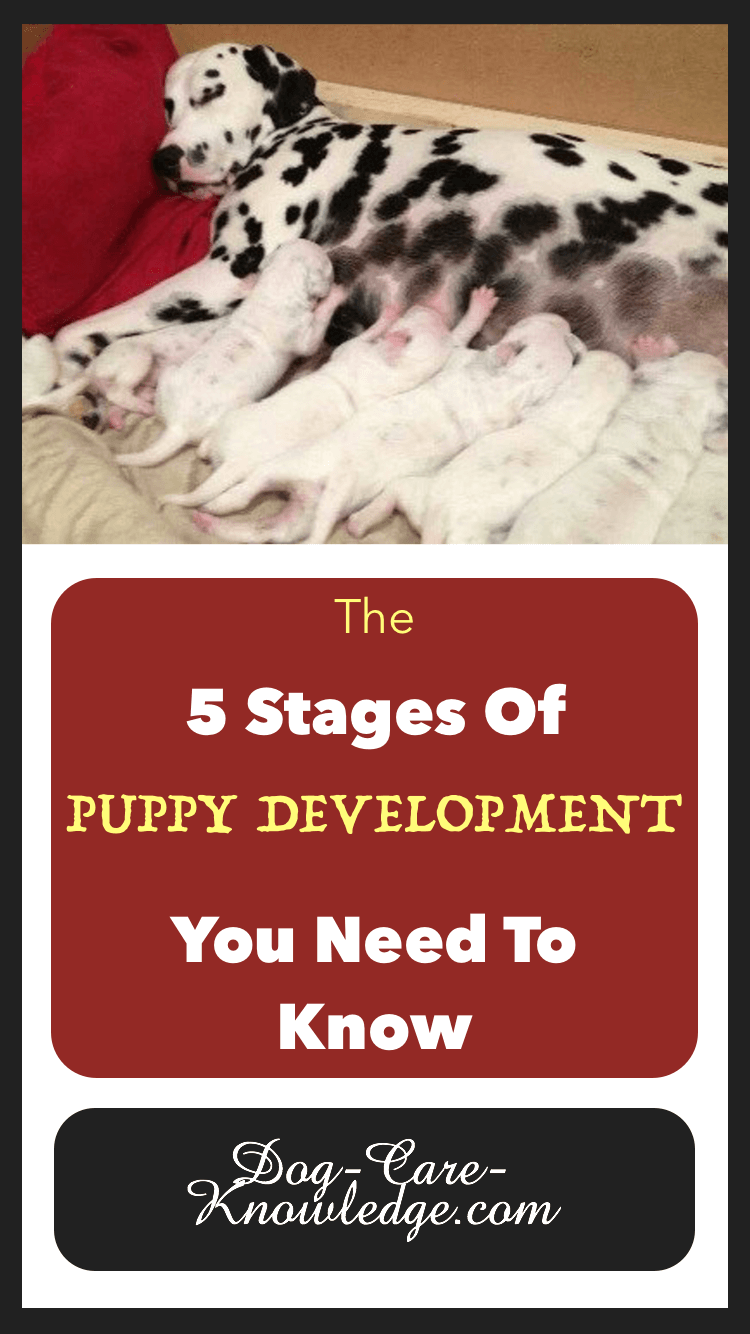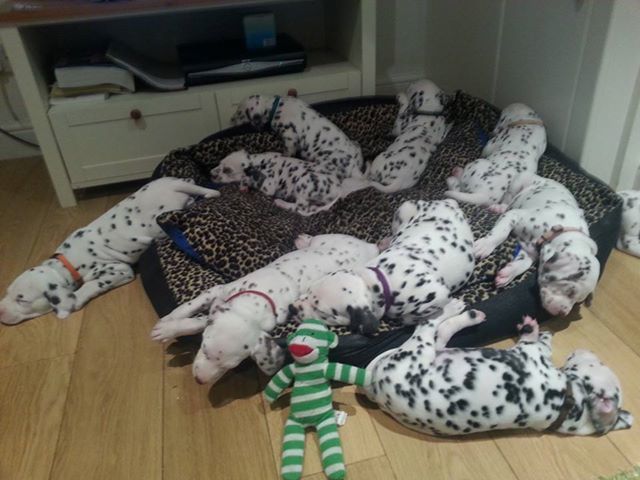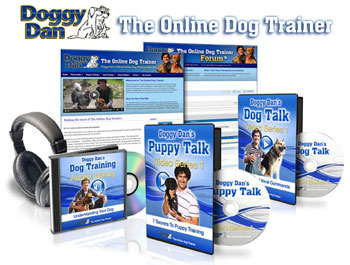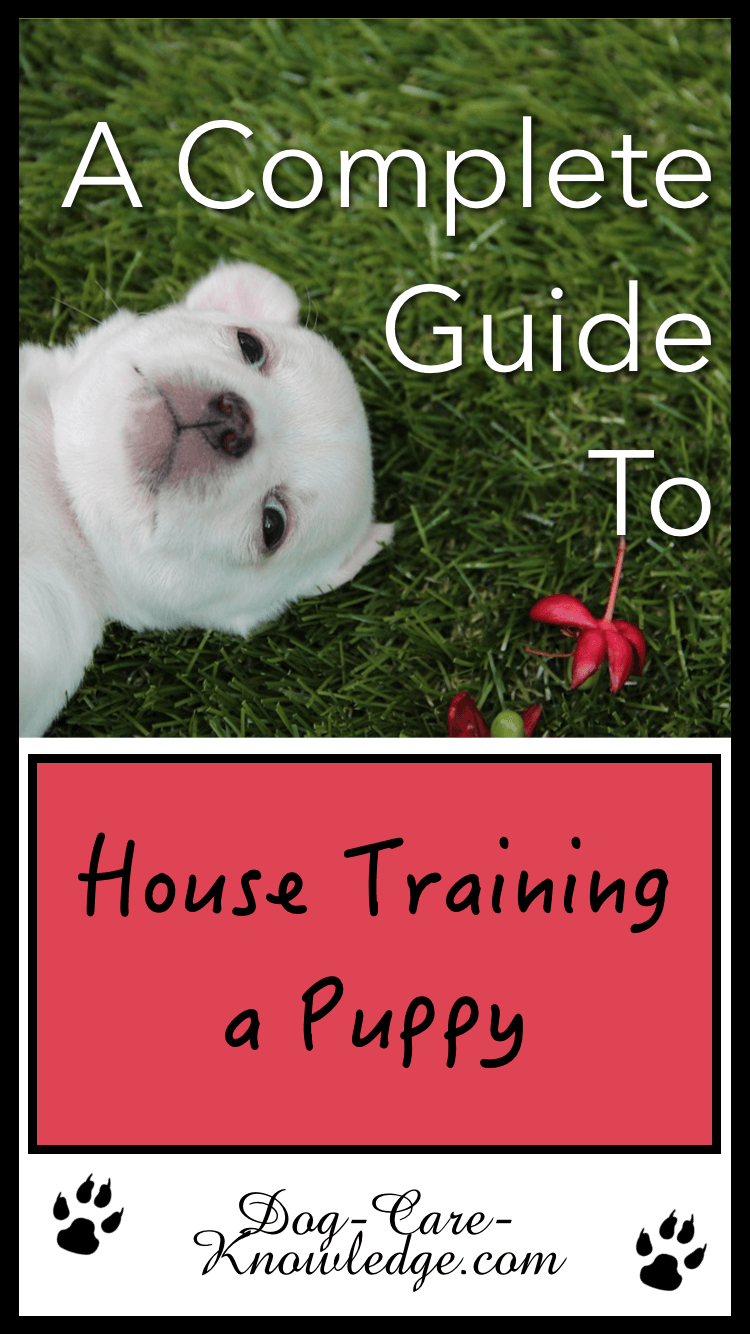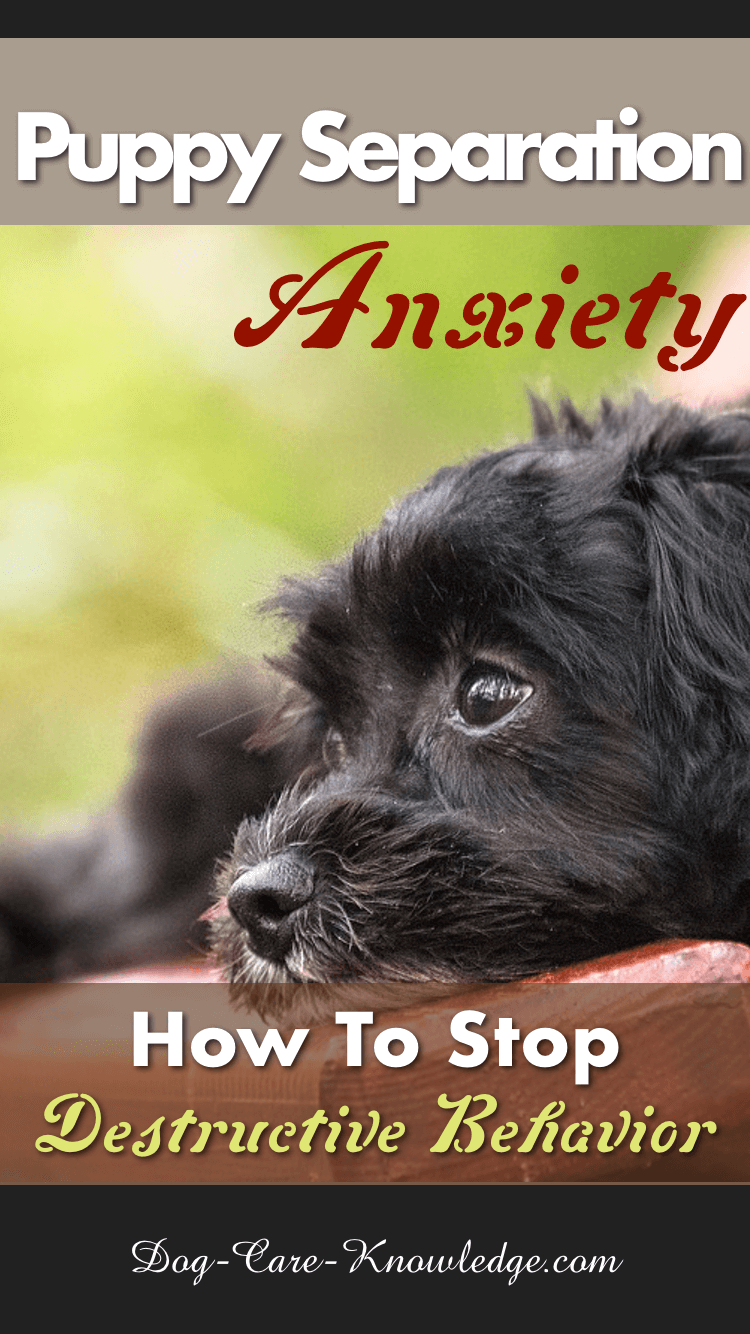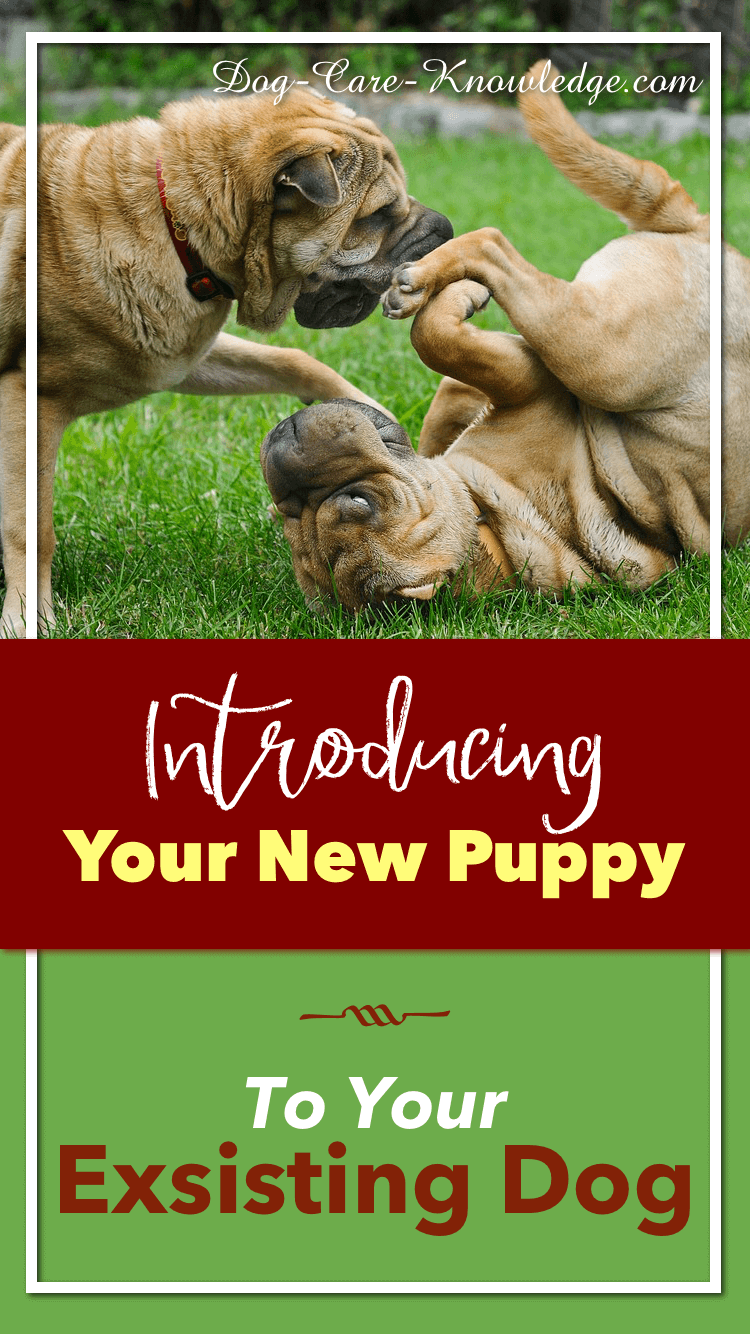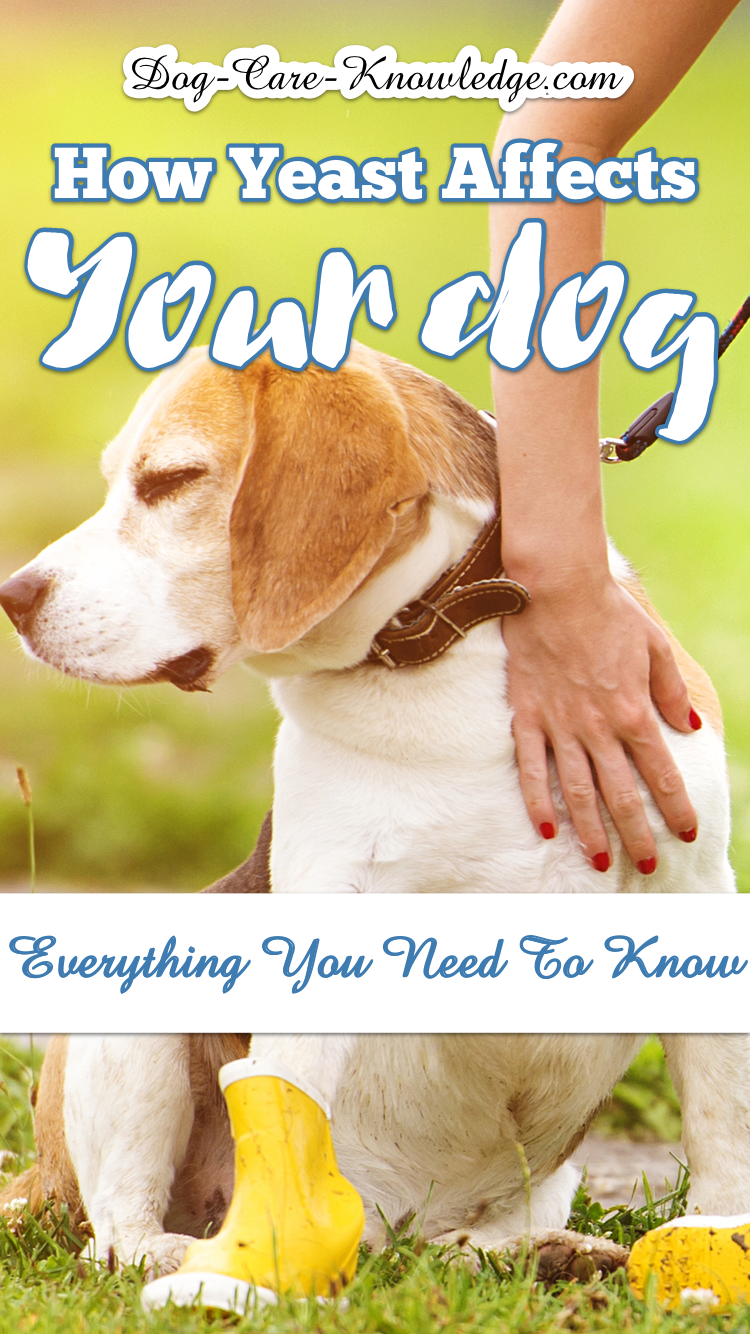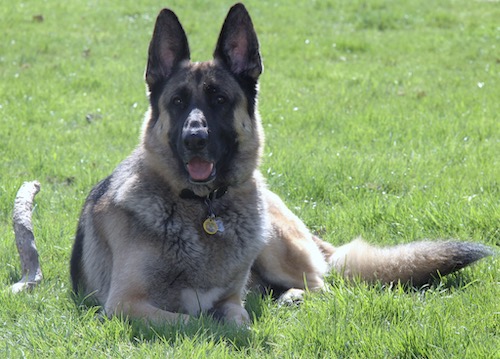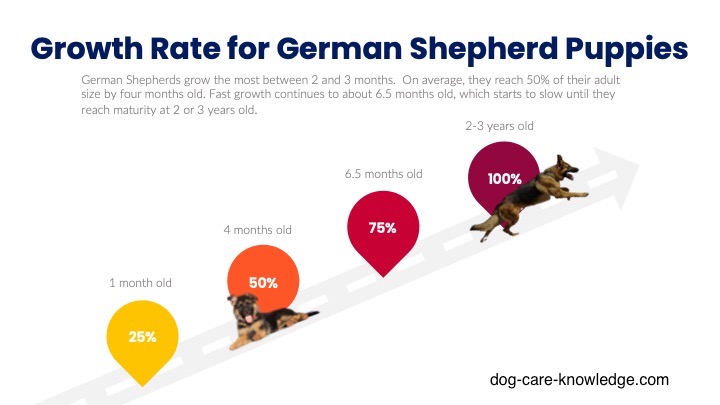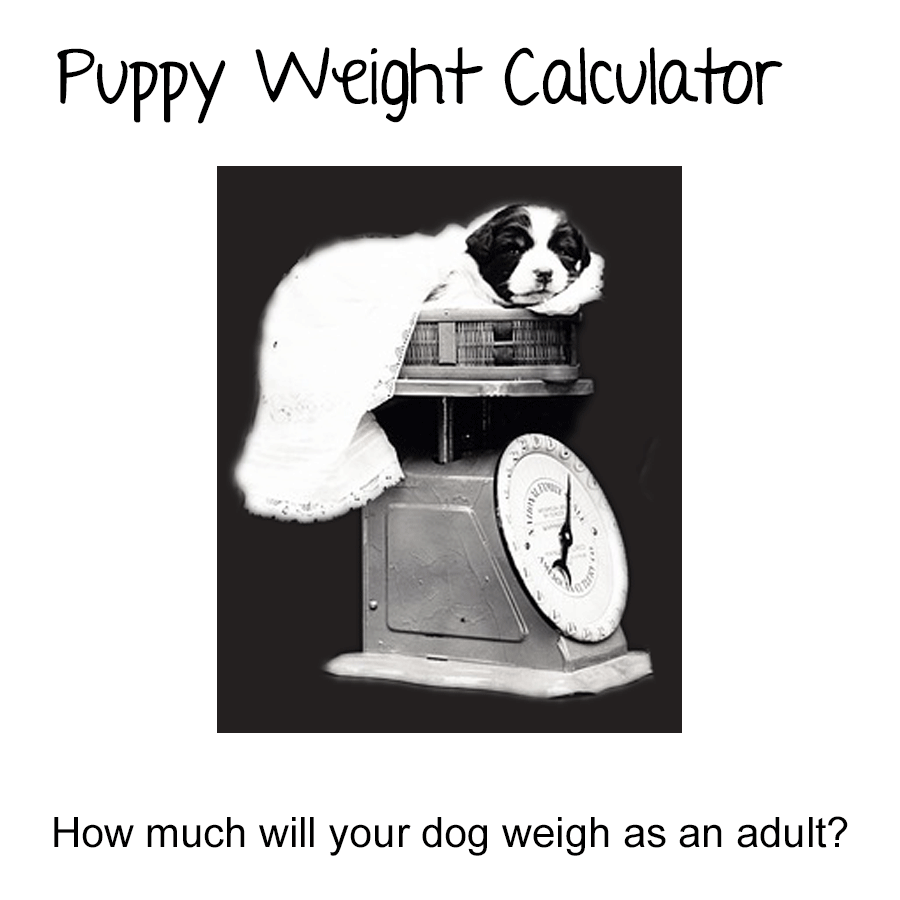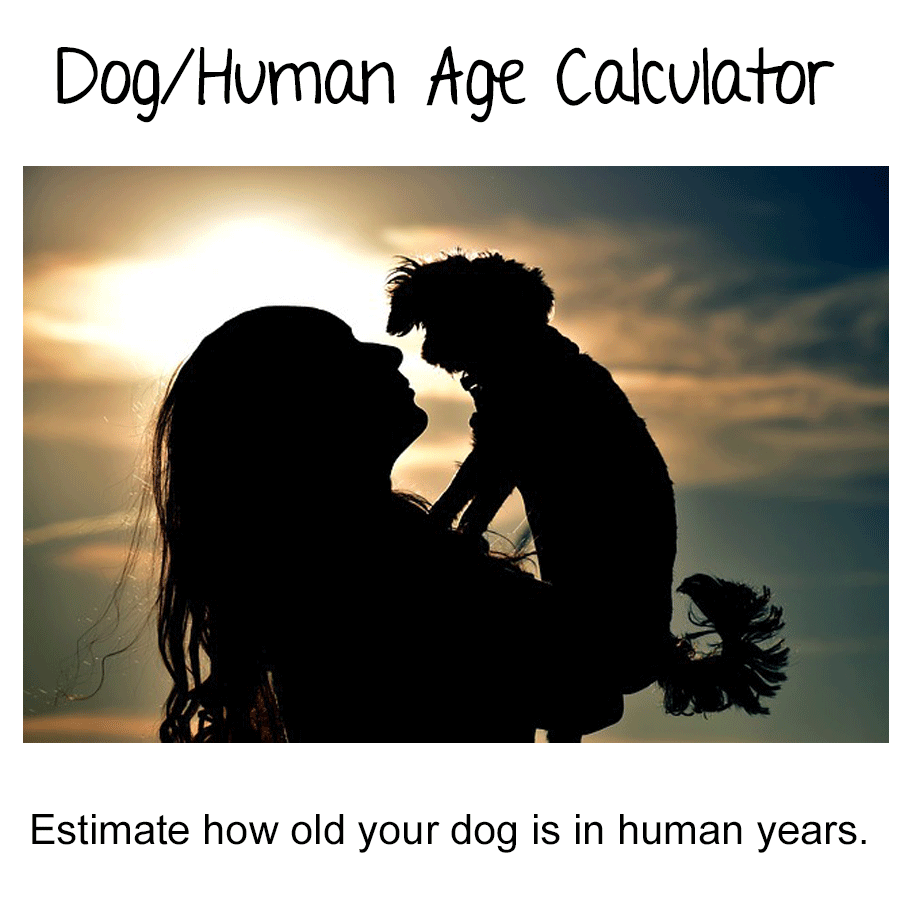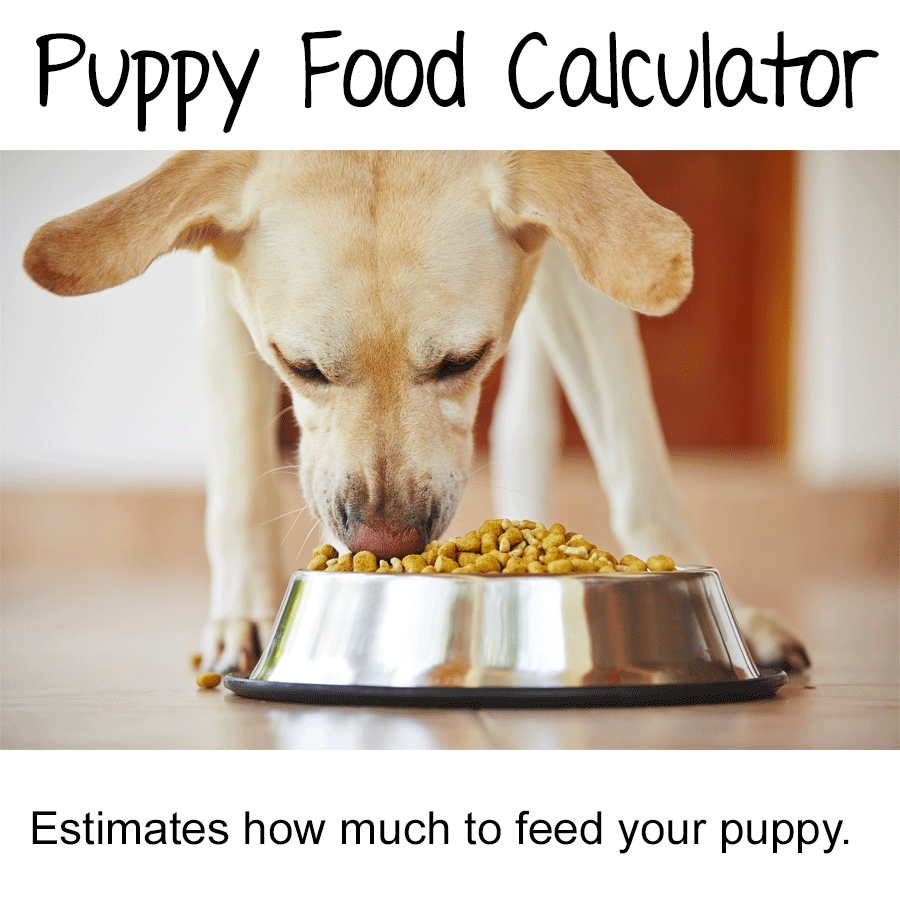- Home
- Puppy Information
- Puppy Development
Puppy Development
Life Stages Defined
Understanding the puppy development stages will help you build the personality and character you want in your pup, which starts with training at each stage of development.
To have a wonderfully social dog, that isn't fearful or aggressive, you need to ensure his needs are met during each phase of development.
Probably one of the most important things you can do to achieve this, is to get the right training at the right time. And that's not just for your pup, puppy parents need training too! You need to know how to integrate your puppy into the family and establish yourself as the pack leader.
You'll see many behavioral changes during the life stages of your pup, some of which will no doubt test you, particularly when they reach the final stage ......adolescence!
Unfortunately, it is also adolescent dogs that frequently end up in shelters. Knowing how to handle your pup through each developmental stage will reduce the likelihood of him needing to be re-homed or end up in a shelter.
You can find all the information you need on training your puppy to be a social, friendly, and obedient dog with Doggy Dan the Online Dog Trainer here. Below is a brief overview of the wealth of information you'll find on his site which has a ton of videos showing you exactly how to train you pup at every age.
Overview of Stages
The puppy development process covers five distinct stages:
- Neonatal Period at 0-2 Weeks
- Transitional Period at 2-4 weeks
- Socialization Period at 3-12 Weeks
- Ranking Period at 3-6 Months
- Adolescence at 6-18 months
Now lets look at each stage of puppy development and see what can be done to create that wonderful social dog you desire.
Stage 1: Neonatal Period at 0-2 Weeks
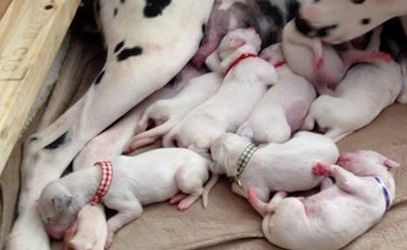
The first stage of puppy development is when they are born.
Most of us won't have our puppies at this stage but, if you are getting your puppy from a breeder, you may get the occasional picture from the breeder.
At this age, puppies only have the sense of taste and touch and rely totally on their mother.
Stage 2: Transitional Period at 2-4 weeks
You're still not likely to see your puppy at this age but the breeder will start to notice some more senses developing, such as their hearing and sense of smell. They'll also start to have their puppy teeth coming through and their eyes will begin to open.
This is also the age when they start to develop their little personalities. They will interact with their litter-mates, wag their tails, stand, walk a little and are able to bark.
Stage 3: Socialization Period at 3-12 Weeks
In my opinion, this is the most important stage of a puppy's development. It's also the stage where the most critical changes occur, and guess what, you're probably going to bring your puppy home during this period! Most puppies go home to their new parents at the age of 7 - 9 weeks so understanding this stage is vital.
During this period, changes start to occur rapidly, so lets break down this puppy development phase.
3-5 Weeks of Puppy Development
Somewhere between 3 and 5 weeks puppies will start to become aware of their surroundings and will have the ability to develop a relationship with people. Although you won't take your puppy home at this age, it is important to speak with your breeder to ensure that s/he is beginning to nurture a relationship with the puppies.
This is also where you can separate the good breeders from the puppy-mill type breeders. Personally I really like to see puppies born into a household instead of a kennel or at least be around humans from the age of 3 weeks old.
Unfortunately, puppies that are from puppy-mills (usually sold in pet shops) don't get the opportunity to develop a relationship with humans until you bring them home. This sets them back with socialization from the start and additional work is needed to enable them to become a fully sociable dog.
Puppies that are born in kennels or outside are also unfamiliar with the day-to-day noises of a regular household such as TV, vacuums cleaner, dishwasher, washing machine, phones, talking, laughing, us dropping things, you name it! You'd be surprised by how much noise we make on a daily basis and how frightening that can be to a puppy that has been raised outside.
Puppies that are brought into the home by at least 3 weeks old will take all these noises in their stride. If your pup was raised in a kennel or outside then you need to take additional steps to acclimate your pup to these new noises.
Once the puppies are at least 5 or 6 weeks old you should, if possible, ask the breeder if you can schedule a visit to see the puppies. Most good breeders recognize that the socialization period has already begun and will gladly welcome future pet parents visiting the puppies.
If they aren't keen for you to visit then definitely ask to see some regular photo updates. What you're looking for in the photos is evidence that the puppies are comfortable around humans and ideally that they are indoors, preferably in a household. If all you see are photos of the puppies in a kennel, or outside, then you may start off with problems with socializing your puppy when you get them home.
If you can't visit, then question your breeder on what plans they have in place for the puppies to be indoors and meet new people between the age of 5-8 weeks. If they have no plans in place then I would seriously reconsider using this breeder as they are hindering the socialization period of these puppies. These puppies could easily become shy or fearful around people (and noises) which could lead to a fear aggression problem.
If you do visit the puppies at 5 weeks old you're likely to see some fun stuff. At this age puppies are just learning to interact with each other and begin to play. They are also learning their doggie social skills as well as beginning to explore their ranking status within their pack.
Their curiosity is now starting to develop so they will be interested in you and may well nip at you as their biting skills are developing too. See here on how to handle puppy biting appropriately.
7-9 Weeks of Puppy Development
By this stage of puppy development, they will have full use of all their senses and will be ready to go home to their new owners.
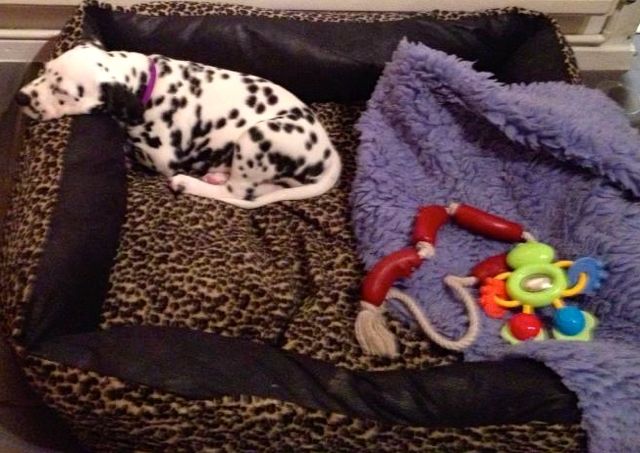
9-12 Weeks of Puppy Development
Bringing your pup home (usually between 7-12 weeks) is right in the middle of his socialization period. Therefore, it is vital that you introduce your puppy to as many new dogs, people, objects, and surroundings as you can. BUT, make sure you do so in a controlled manner. See socializing puppies for more information on how to do this correctly.
If you have another dog at home you should make sure you introduce your puppy to your existing dog on neutral territory. See more on introducing your puppy to a new dog for steps on how to do this correctly.
You can also watch some great videos on what to expect with the Online Dog Trainer here.
When bringing a new puppy home it is also important that you puppy proof your home for the sake of your puppy and your possessions! It is also a good time to start a program to get your puppy used to being left alone to avoid separation anxiety from developing.
From the age of 7 weeks, puppies are more than capable of being able to be house-trained so make sure you start them off right. See here for more information on house training your puppy.
At this phase of the puppy development, the little guys are developing their reactions to things a lot more. They are also likely to focus more on different types of people and, as long as your breeder and you did a good job initially, should be friendly and approachable to strangers.
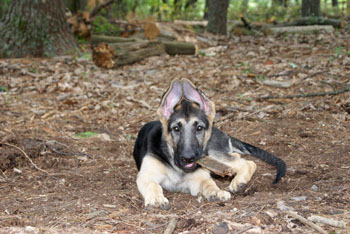
During this time they are also going to practice their biting skills a whole lot more! Previously they would play and bite with their litter-mates. Puppies will yelp when another pup bites too hard which provides feedback to that pup to bite softer. You now have to try and minic this behavior to teach your puppy not to bite. This is called bite inhibition and is quite easy to learn and teach your pups.
You'll also notice that they may start to wander off a bit as they are more curious and will probably look to explore their environment a lot more. Be prepared for this at this age. That cute little puppy that you could take out for a potty break without a leash, now needs to be on-leash!
This is something that I noticed with my own puppy. Every morning we would come downstairs and go out the front door where she would immediately pee on the front lawn then turn round and go straight back inside. Once she hit about 12 weeks old, she would start to wander and sniff a bit before coming back in.
Then one day she saw a rabbit on the front lawn and ran off chasing the rabbit. Luckily she didn't go far, and I don't have traffic out front, but she did go on leash every day since that incident. At 8 or 9 weeks she would not have done that, after all, it wasn't the first time she saw a rabbit out there. So be warned and make sure your pup is safe.
Stage 4: Ranking Period at 3-6 Months
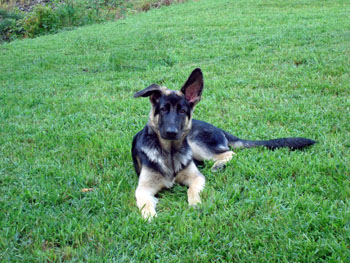
If you have another dog in your household you may start to see more ranking behavior from your puppy towards other dogs. You'll likely see him practicing his dominance and submission skills which he may well practice on you too. If you haven't done so already, make sure you start a training program with your pup. Its great to find a good positive training school but its also vital that you practice at home on a regular (daily) basis.
At this age your puppy is going to go through teething so watch out as chewing is a big factor at this time. Before your puppy starts chomping on your furniture:
- Don't leave him unattended
- Make sure he has plenty of chewy sticks (bully sticks and pigs ears are best)
- Chew toys are also good (see below on how to make some yourself)
- Use Bitter Apple or Yuk which is a spray or gel that works wonders for preventing your puppy from chewing your furniture.
You may also notice that there is blood on his toys and chews or in his mouth during the teething phase. Your poor baby is hurting.
Make Your Own Canine Teething Aids
To help with the pain of teething, try soaking a flannel in chicken
stock and freezing. Once frozen, this can be given to your puppy as a
chew toy and will help to relieve those sore gums.
You can also
get an empty sterile bone from your pet store (throw out the contents if
they come pre-stuffed) seal up one end first, I usually use a piece of
chicken or sausage to do this. Then blend his regular food with a small
amount of chicken stock and stuff inside the bone and freeze. Again,
once frozen this is a great treat for your puppy that will also soothe
his gums.
Your puppy is usually done teething by the age of 6 months but you can tell when your own puppy is finished teething once you see those upper fangs (Canines) come in as they are last. Ava's (my pup) fangs came in at the age of 5 months.
Sometimes a puppy's tooth doesn't fall out and the adult tooth will come in next to it. If you notice this in your pup, take him to the vet as it will need to be removed (by the vet) to prevent it from interfering with the alignment of his teeth and can also cause root infections.
Stage 5: Adolescence at 6-18 months
Adolescence!
What can I say about the final stage of puppy development, except, hang in there, it does get better....In time.
Adolescence. Yes, your cute little puppy is going to become a teenager. He or she will start to produce hormones which you'll mainly notice by the changes in behavior. Usually for the worse, unfortunately.
Dogs go through adolescence much earlier than human teenagers, for small breeds this could be as early as five months old, with larger dogs its more likely to be nine or ten months old.
Adolescence in larger breed dogs will likely
continue until they are two or three years old with smaller dogs reaching maturity at about 18 months. Typically the bigger
the dog, the slower the development.
We've partnered with Doggy Dan, the Online Dog Trainer, to give you access to all the training tips and problem solving skills you need for raising your puppy to become a well-adjust dog.
It also has a huge section on problems with your dog as well as behavioral problems, forums where you can chat with others and ask questions from people that are willing to help with a specific problem you maybe having.
Click here to learn how this can help you.
Signs of Puberty in Canines
Here are the typical signs to watch out for to tell you that your own puppy has hit puberty:
Males
|
Females
|
You may, or may not, see some or all of the above signs, in addition,
there are some downright annoying behaviors that are also
characteristic of the adolescent dog. These are:
- Starts inappropriate chewing (furniture, shoes, etc.)
- Running around like a maniac, has exuberant energy
- Starts sexual behavior if not spayed/neutered, humping etc.
- Starts claiming bed or couch areas and growling when you try to move him/her
- Starts to pee/poop indoors
- Displays aggressive behavior (towards people or other dogs)
- Resource guarding
- Lack of respect and response
- Lack of focus and concentration (usually noticed during training sessions)
- Selective "deafness" (doesn't come when called)
- Guarding-type breeds (German Shepherds, Rotweilers, Dobermans, etc.) may start to display severe guarding tendencies
- Destructiveness
- Manipulative behavior and continually "testing" you
- Dominance behavior increases
- May start to challenge humans
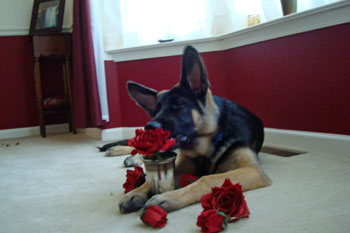
Doesn't sound pretty, does it? In fact, sometimes it feels like most
of what you managed to achieve through the socialization period has
been lost. But don't worry, most of these behaviors will start to
diminish as your puppy matures and your cute puppy should turn into a
well-behaved dog. As long as you keep up training and socialization
through these troubled periods.
My German Shepherd (Hudson) was a
total hooligan through his adolescent period but, once he turned two,
he was a sweetheart, and still is. My Mum's dog (Tess) who is a Golden
Retriever, was much milder as a adolescent, a bit of a maniac, she
didn't mature properly until she was three.
I've found the best
way to handle an adolescent dog through this phase of puppy development,
is to give the dog plenty of daily exercise to drain his energy and
continue with positive training sessions daily. Consistency is key at
this point so is routine.
If your dog has started chewing, or any other kind of destructive behavior indoors, then I would definitely recommend crate training
or at least confining to a small room while you are out. Using Bitter
Apple or Yuk is also a good idea to curb chewing furniture, shoes, etc.
If
your dog is displaying any aggressive behavior, growling when you try
to move him, or is "challenging" you then you really should consult with
a dog behaviorist or certified trainer. Be very careful who you use
for these issues as any trainer that tells you to "correct" the behavior
using punitive methods is likely to cause a bigger problem. You can
find a certified behavioral trainer from the following links:
Try to hold on and work through your puppy's adolescence and remember why you bought your cute puppy. Unfortunately, it is also the time when many dogs are given up to shelters.
Puppy Development and Fear Periods
During puppy development, puppies go through fear periods, in fact, on average they go through 4 fear periods. These are approximately at the following ages:
- Between 8-10 weeks
- Between 4 - 6 months
- About 9 months
- Between 14 - 18 months
This is a very important part of puppy development, as if you handle this incorrectly, you could end up with an aggression problem for life. I can't be specific to the exact age that a puppy will go through a fear period, as all puppies differ, but I can give you some indication of what you will likely see when they do.
As your puppy enters a fear period, he will suddenly become frightened of something that he used to be OK with or used to ignore. His reaction could be hunched down, shaking, backing away, hiding, running away, or submissively urinating. Or, your puppy could display more pronounced behaviors such as growling, barking, hackles up, or showing teeth.
Either way, once you recognize one of these behaviors at the age range mentioned above, you would be wise to stop taking your puppy to new places and introducing them to new things for about a week. And if you can, don't schedule any vet appointments during a fear period.
Your new puppy can grow up to be everything you want if you recognize these critical puppy development phases so you can prepare and react accordingly.
Puppy Development Wrap Up
By understanding what each stage involves with your puppy's development, you can get a good idea of what to expect, both developmentally and behaviorally. You'll also be better equipped to provide your puppy with the right care throughout each phase and reduce the risk of your puppy ending up in a shelter.
Finally, providing a stable routine, consistency, positive training, and plenty of socialization and exercise you are more likely to produce a well-balanced and emotionally stable dog.
After all, it is these periods of a puppy's life that will shape his personality and character. Quite simply, puppy development affects behavior, and behavior, molds character.
